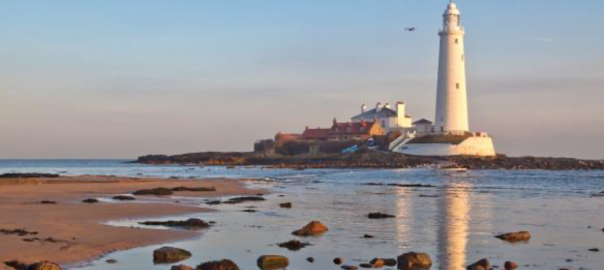First-year Marine Zoology student, Demi, tells us about her experience of a spending a week at our Dove Marine Lab in Cullercoats and in the surrounding coastal area.
Monday
To start off the week we boarded the coach to the Dove marine lab; the university’s specialised research facility right on the beach. In our morning activity we learnt about the different types of keys that can be used to identify marine organisms, which is very important so that when you find animals out on the shore you can tell what they are. We then split into groups and tried making our own keys to identify people in our groups; this was a great activity as it allowed us the get to know our course mates better.
The afternoon was spend looking through seaweed samples and identifying all the little organisms living within the seaweed. I really enjoyed this as it highlighted that all the little and “less exciting” animals can be just as fun to look into as learning about the larger animals!
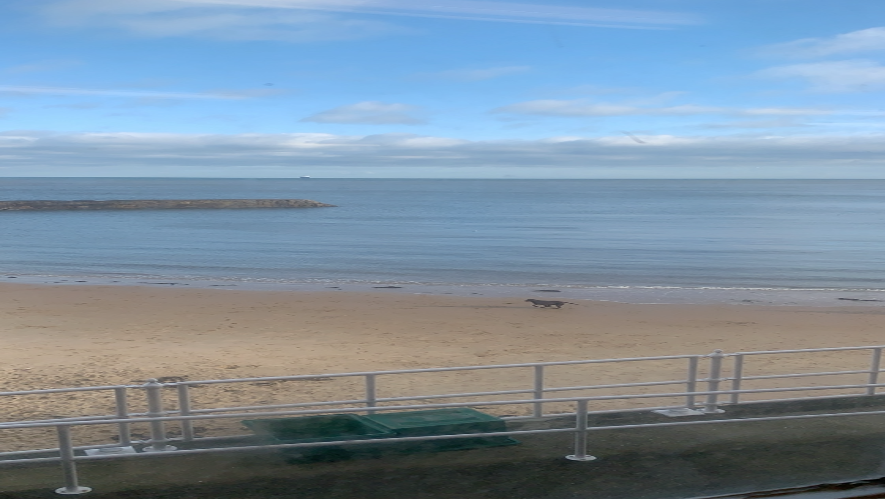
Tuesday
Back at the Dove Marine lab, Tuesday morning was spent out on the rocky shore of North Cullercoats Bay (battling the northern wind and rain), collecting all the organisms we could find (essentially rock-pooling). We found everything from crabs and fish to starfish, snails and limpets. In the afternoon we did scientific drawings of the organisms we found. For this we used the keys we learnt about the day before to identify the scientific names for all of the animals. My favourite was the bloody henry starfish (Henricia sanguinolenta)
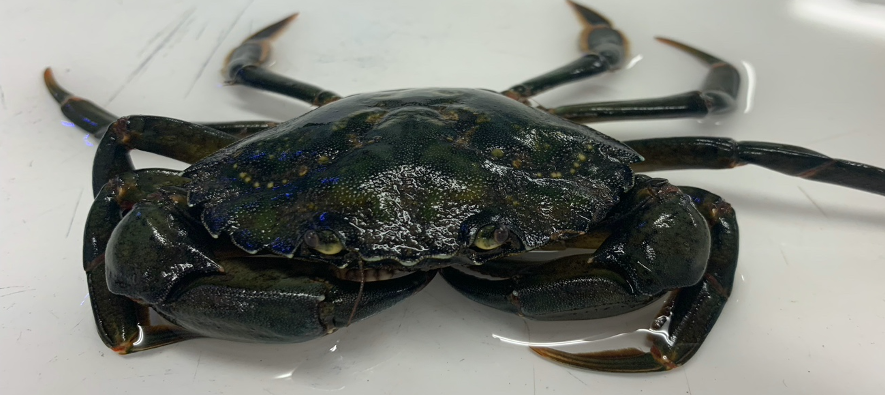
Wednesday
On Wednesday morning we went to Black Middens, at the mouth of the River Tyne. Here, we had the chance to look at different sediment types in an estuarine environment and how this influences the organisms found there. It was such a beautiful place! We did field sketches, which is an important skill for ecologists and looked at the human impacts on the site. In the afternoon we visited the commercial fish quay at North Shields to look at the fishing boats and the types of fish caught in the North Sea. We also met the Quay Master who spoke to us about management mechanisms and fishing quotas, which was very interesting!
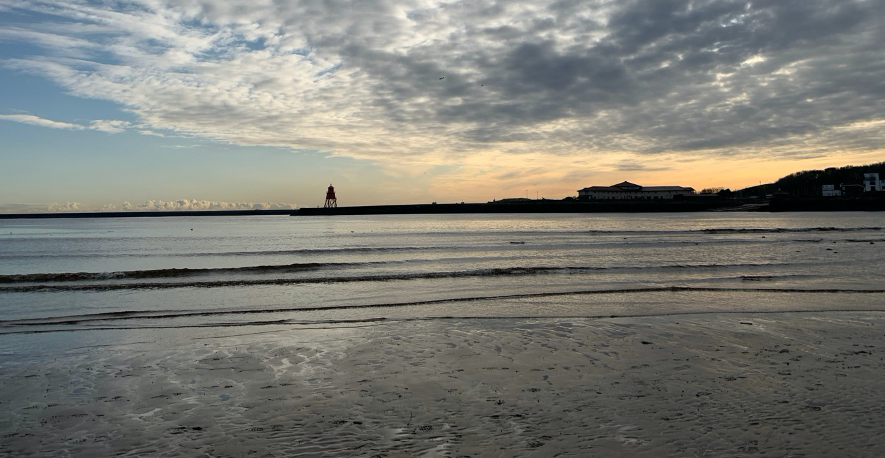
Thursday
Thursday was spent at St. Mary’s Island; a small island near Whitley Bay where we experienced a different type of rocky shore to the one at Cullercoats. We were introduced to the key identifying features of common rocky shore plants and animals and how they’re adapted to their place on the shore. We also had time to get all our notes and field sketches up to date before heading back to campus.
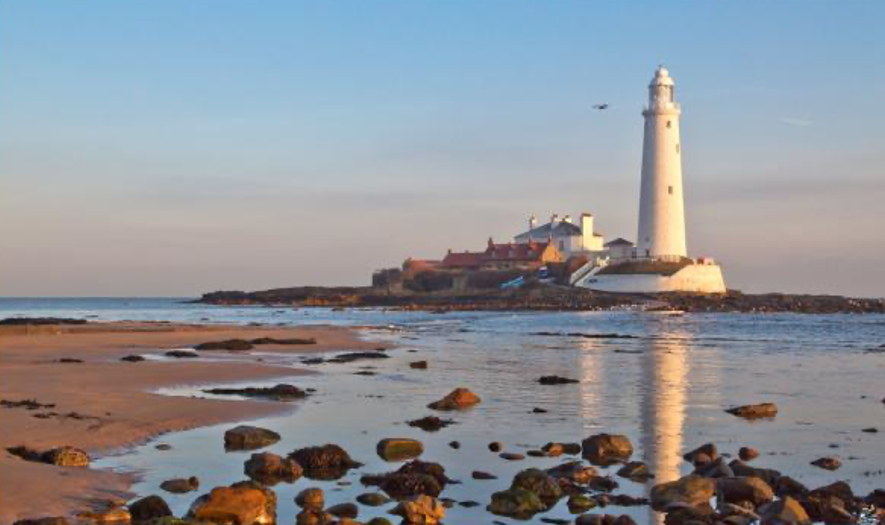
Friday
To end the week, we were back on the rocky shore at Cullercoats assessing the abundance of 3 common rocky shore animal species: the limpet, Patella vulgata; the dogwhelk Nucella lapillus; and the barnacle Semibalanus balanoides. In the morning we were out with quadrats collecting data, in the afternoon we were back in the classroom at the Dove Marine Lab where we learnt how to do basic statistics on our data in order to analyse their distribution patterns.
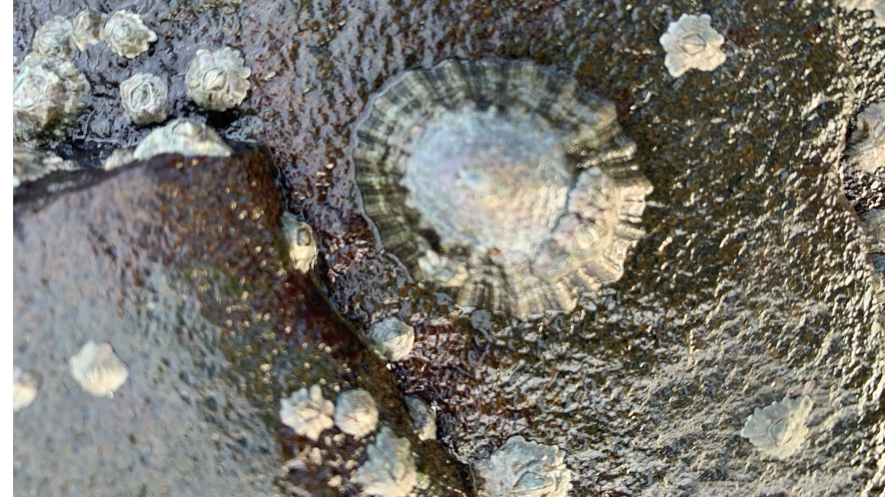
If you would like to learn more about studying Marine Zoology, click here to visit the course page or click here to chat to current student.
